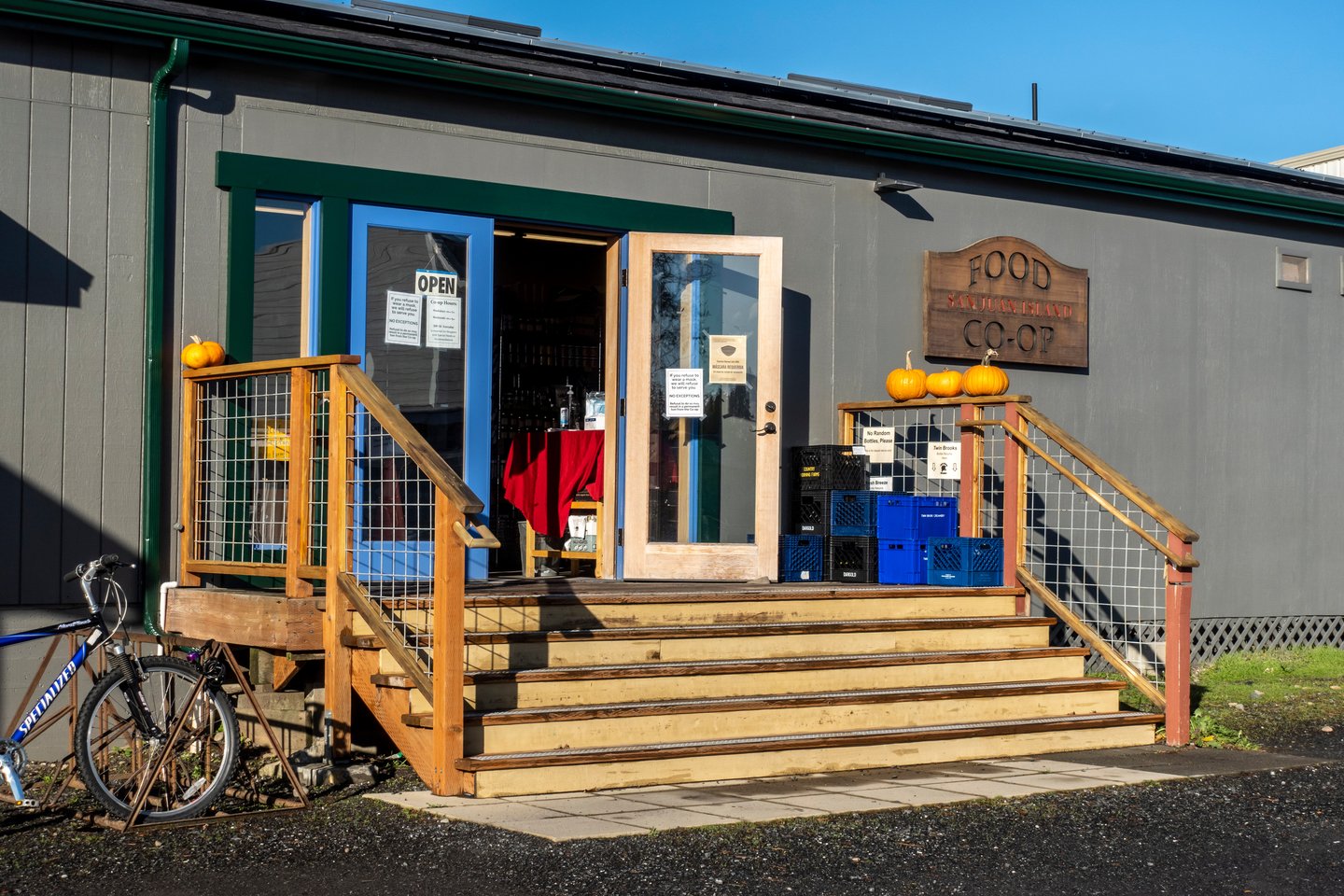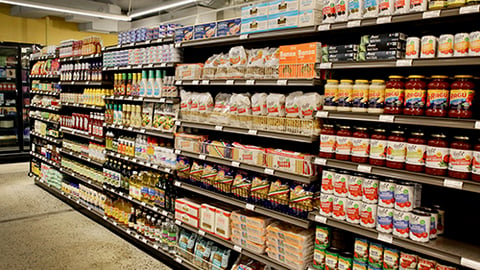Impact Report Shows How Food Co-ops Help Communities
On average, a National Co+op Grocers (NCG) member food co-op buys from 281 local farms and producers and sells $5.6 million worth of local products each year, according to the organization’s “2022 Food Co-op Impact Report.” The annual study measures how community owned food co-ops work individually and together to create a more resilient, just and regenerative food system.
“NCG food co-ops serve nearly 230 communities across 39 states, and that number is growing,” noted C.E. Pugh, CEO of St. Paul, Minn.-based NCG. “Our annual report demonstrates many of the reasons why community demand for food co-ops is increasing nationally. Co-ops are not one-size-fits-all grocery stores, they are unique businesses that are owned by and part of the community, so they are tailored to benefit the community in many different ways.”
[Read more: "PCC 1st Community-Owned Co-Op to Team With DoorDash"]
The report’s findings included the following:
- NCG food co-ops collectively have more than 1.3 million members nationally.
- The average food co-op and its members donate $149,000 per year to community groups responding to local needs. Food co-ops owned by their communities have the flexibility to support a range of small, homegrown nonprofits, schools, tribal organizations and community groups that often miss out on foundation and corporate funding.
- 38% of food co-ops’ combined annual $2.5 billion in sales come from certified organic products. NCG invested $160,000 in advocacy for strong organic standards in 2022.
- NCG, itself a Certified B Corporation, discovered that Certified B Corp products made up 8% of NCG food co-ops’ total sales in 2022, higher than other natural grocers (7%) and conventional grocers’ sales (2%). Fair Trade Certified products accounted for 5% of total sales, higher than other natural grocery competitors (3%) and conventional grocers (0.5%). In its first year, NCG’s Inclusive Trade program promoted 14 Certified Minority Owned Businesses, generating $1.4 million in promotional sales.
- The average food co-op employs 110 people, 58% of whom are eligible for health care benefits, 14% higher than the national coverage rate for service employees (44%).
- Approximately half of NCG food co-ops report paying all staff local livable wages, and 64% contribute to staff retirement plans, compared with U.S. Bureau of Labor statistics data showing that nationally, just 40% of service employees have employer-sponsored retirement plans.
NCG helps unify food co-ops to optimize operational and marketing resources, strengthen purchasing power, and ultimately offer more value to co-op owners and shoppers. Its 159 member co-ops operate nearly 230 storefronts in 39 states, with combined annual sales of $2.5 billion.






